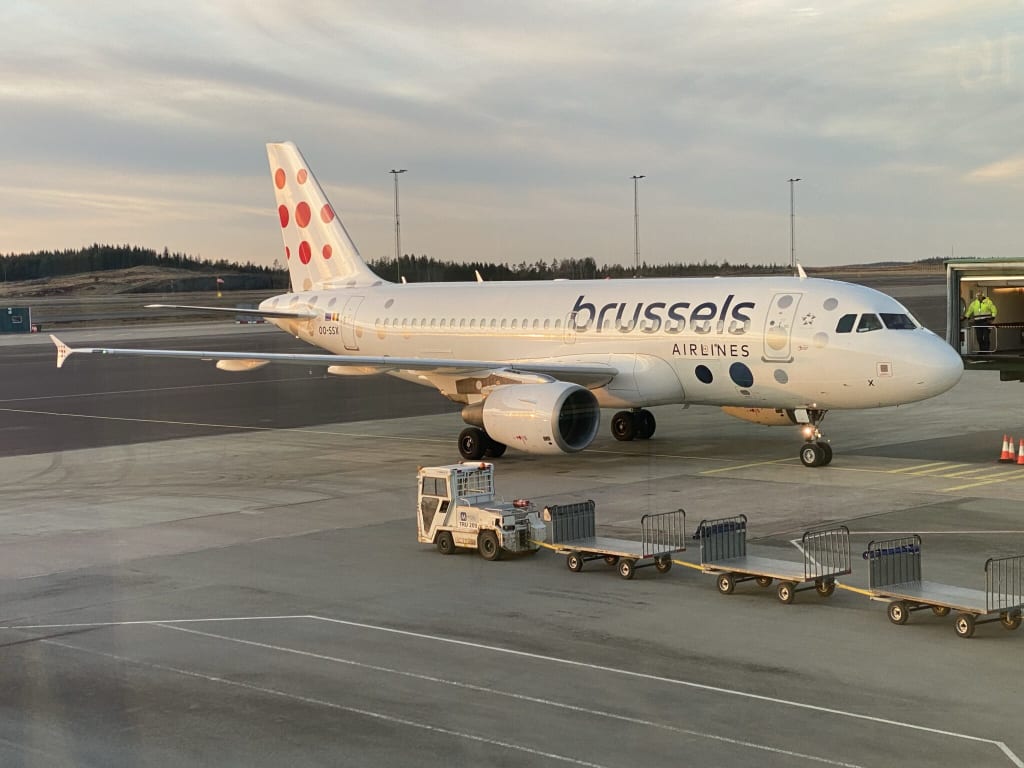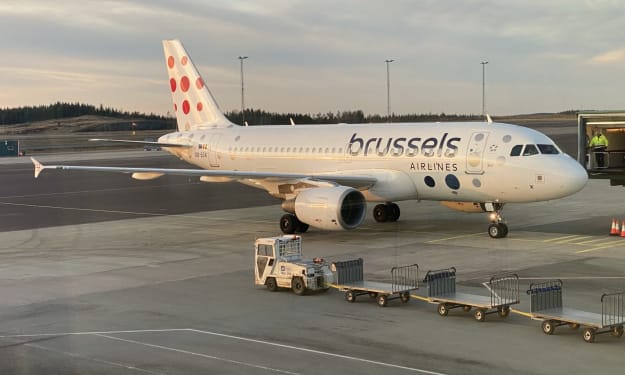
Introduction
The modern world has witnessed the incredible growth and advancement of aviation technology, enabling humans to traverse vast distances in the sky. Behind every majestic aircraft soaring through the heavens lies a complex process of manufacturing. The creation of airplanes involves a combination of engineering prowess, meticulous planning, and skilled craftsmanship. In this essay, we will explore the intricate journey of how airplanes are made, from design and prototyping to assembly and testing, highlighting the key stages and technologies involved.
Design and Conceptualization
The journey of creating an airplane begins with design and conceptualization. Aircraft manufacturers employ teams of highly skilled engineers and designers who work diligently to develop new and innovative aircraft models. These professionals employ cutting-edge computer-aided design (CAD) software to translate ideas into detailed three-dimensional models. Through this process, factors such as aerodynamics, structural integrity, and fuel efficiency are meticulously analyzed and optimized.
Once the initial design is complete, rigorous simulations and computational fluid dynamics (CFD) analyses are conducted to evaluate the aircraft's performance under various flight conditions. This stage allows engineers to refine the design and make necessary adjustments to achieve optimal aerodynamic efficiency and stability.
Prototyping and Materials
After the design phase, the next step involves building prototypes for testing and validation. The aircraft's major components, such as the fuselage, wings, and tail, are carefully fabricated using advanced materials like aluminum alloys, carbon fiber composites, and titanium. These materials offer a delicate balance between strength, weight, and durability, ensuring the aircraft's safety and performance.
Manufacturing the various components of an aircraft involves multiple techniques. The fuselage is typically built through a process called "stretched skin construction," where large sheets of aluminum or composite material are formed and joined together using rivets or advanced bonding methods. The wings are fabricated separately and later attached to the fuselage, while the tail surfaces are built similarly.
Precision is paramount during the manufacturing process, and computer numerical control (CNC) machines are extensively used to ensure accurate and consistent production. These machines employ automated tools to cut, shape, and drill various parts, resulting in high precision and efficiency.
Assembly and Integration
Once the individual components are manufactured, the assembly phase begins. This intricate process involves meticulously integrating the fuselage, wings, engines, landing gear, avionics, and other systems into a cohesive unit. Skilled technicians work closely, following detailed assembly instructions provided by the aircraft manufacturer.
The assembly process begins with the positioning of the fuselage, which serves as the central structure of the aircraft. The wings are then carefully attached to the fuselage, and fuel tanks, control surfaces, and landing gear are integrated. Engines, often developed by separate manufacturers, are mounted onto the wings or the rear of the fuselage, and the necessary fuel and electrical systems are interconnected.
The avionics and electrical systems, essential for communication, navigation, and flight control, are meticulously installed, tested, and integrated into the aircraft. These systems include flight management computers, communication and navigation equipment, control panels, wiring, and sensors. The complexity of these systems requires specialized technicians with expertise in avionics.
Testing and Certification
Once the aircraft is fully assembled, a series of rigorous tests are conducted to ensure its airworthiness and compliance with safety regulations. These tests include ground tests, where the aircraft's systems, engines, and control surfaces are thoroughly checked. Following successful ground tests, the aircraft undergoes comprehensive flight tests, including taxiing, takeoff, maneuverability, and landing assessments. Highly skilled test pilots and engineers carefully monitor the aircraft's performance during these trials.
Before an aircraft
About the Creator
Bartek Wożniak
Fascinated guy





Comments
There are no comments for this story
Be the first to respond and start the conversation.